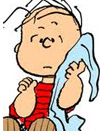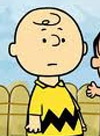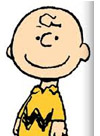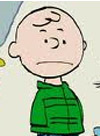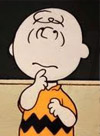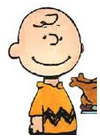Tutorials on the Shape modelling toolbox: Difference between revisions
No edit summary |
No edit summary |
||
| Line 3: | Line 3: | ||
The models shown in these tutorials illustrate features of the AAMToolbox software. They are not designed to understand the shape and appearance modelling which is better done from the published literature [http://www.computer.org/portal/web/csdl/doi/10.1109/34.982900 for example].<br> | The models shown in these tutorials illustrate features of the AAMToolbox software. They are not designed to understand the shape and appearance modelling which is better done from the published literature [http://www.computer.org/portal/web/csdl/doi/10.1109/34.982900 for example].<br> | ||
Viewing these pages. Some versions of ''Firefox'' and ''Explorer'' do not create satisfactory prints even though you can view the pages with no problems. ''Chrome'' does appear to produce good printouts. | Viewing these pages. Some versions of ''Firefox'' and ''Explorer'' do not create satisfactory prints even though you can view the pages with no problems. ''Chrome'' does appear to produce good printouts. | ||
= | =Four ways to use ''AAMToolbox ''= | ||
1) [[AAMToolbox Documentation#2 Creating shape models in 2D| '''Analysing shapes.''']] i.e. the arrangement of points around a shape<br><br> | 1) [[AAMToolbox Documentation#2 Creating shape models in 2D| '''Analysing shapes.''']] i.e. the arrangement of points around a shape<br><br> | ||
2) [[AAMToolbox Documentation#1 Creating shape models in 2D| '''Comparing shapes from samples of different groups''']] for example, comparing faces from different cartoon characters<br><br> | 2) [[AAMToolbox Documentation#1 Creating shape models in 2D| '''Comparing shapes from samples of different groups''']] for example, comparing faces from different cartoon characters<br><br> | ||
Revision as of 10:20, 1 February 2012
Back to AAMToolbox Documentation
The models shown in these tutorials illustrate features of the AAMToolbox software. They are not designed to understand the shape and appearance modelling which is better done from the published literature for example.
Viewing these pages. Some versions of Firefox and Explorer do not create satisfactory prints even though you can view the pages with no problems. Chrome does appear to produce good printouts.
Four ways to use AAMToolbox
1) Analysing shapes. i.e. the arrangement of points around a shape
2) Comparing shapes from samples of different groups for example, comparing faces from different cartoon characters
3) Analysing shape and appearance. In addition to the points around a shape, analyse the appearance (grey scale or colour) within the shape.
4) Analysing 3D shapes
1 Analysing 2D shapes using the Graphical User Interface
How to use the tutorial. First download and install the AAMToolbox. A zip file containing the project (PRJ_CartoonFaces) is available here. Download and unzip into a directory. Then, from Matlab, change directory into the project
cd PRJ_CartoonFaces
This project contains
- a set of faces
The process of analysing a set of images is:-
|
<wikiflv width="300" height="300" logo="false" loop="true" background="white">ShapeVectorWalkShowShape-21-Jun-2011-14-28-24 VD.flv|ShapeVectorWalkShowShape-21-Jun-2011-14-28-24 VD_First.png</wikiflv> |
